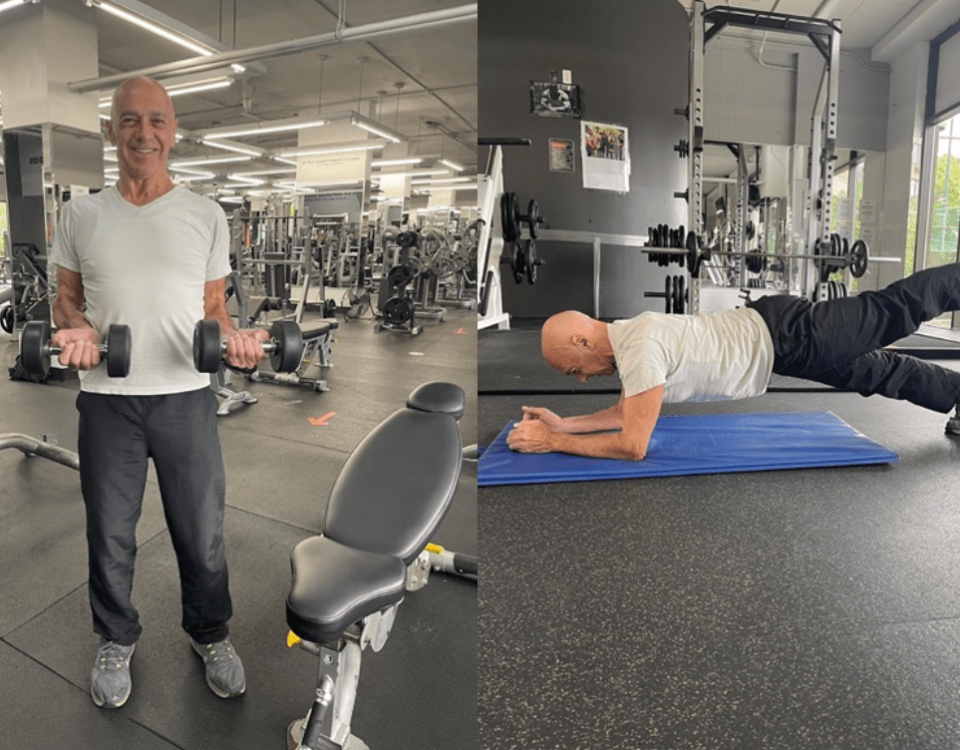Physical Fitness in Old Age

Beginners & their fitness journey
January 9, 2024
Benefits of Physical Activity for Children
May 6, 2024Physical fitness holds a paramount significance throughout one’s lifespan, but its importance becomes particularly pronounced in old age. As individuals age, maintaining an active and healthy lifestyle becomes crucial for overall well-being. This essay delves into the multifaceted aspects of physical fitness and its profound impact on the elderly population.
Health Benefits:
Physical fitness in old age directly contributes to enhanced health. Regular exercise promotes cardiovascular health, reduces the risk of chronic diseases such as diabetes and hypertension, and strengthens the immune system. This is especially vital for seniors, as they are more susceptible to age-related health issues.
Cognitive Benefits:
Beyond the physical realm, engaging in regular physical activity has been linked to cognitive benefits. Studies indicate that exercise can help prevent cognitive decline and reduce the risk of conditions like Alzheimer’s disease. It stimulates the release of chemicals in the brain that improve mood and cognitive function.
Maintaining Independence:
Physical fitness plays a pivotal role in maintaining independence for older individuals. It enhances mobility, balance, and coordination, reducing the risk of falls and injuries. The ability to perform daily activities independently contributes to a higher quality of life for seniors.
Social Engagement:
Participating in fitness activities often involves social interactions, fostering a sense of community and companionship. This is particularly important for older individuals who may face social isolation. Group exercises, classes, or even walking clubs provide opportunities for social engagement, positively impacting mental health.
Improved Sleep:
Adequate and quality sleep is crucial for overall health, and physical fitness contributes significantly to improved sleep patterns. Seniors who engage in regular exercise often experience better sleep, which, in turn, positively influences their physical and mental well-being.
Bone Health:
Aging often brings a decline in bone density, leading to conditions like osteoporosis. Weight-bearing exercises and resistance training are effective in maintaining and improving bone health, reducing the risk of fractures and skeletal issues in old age.
Mood Enhancement:
Physical activity triggers the release of endorphins, the body’s natural mood lifters. For seniors facing challenges like loneliness or depression, regular exercise can serve as a natural and effective mood enhancer, contributing to mental well-being.
Chronic Disease Management:
Many chronic conditions become more prevalent with age. Physical fitness can aid in the management of these conditions, alleviating symptoms and improving overall health. It complements medical interventions and medications, offering a holistic approach to health care for the elderly.
In conclusion, the importance of physical fitness in old age cannot be overstated. It encompasses a wide range of benefits, from promoting physical health and independence to enhancing cognitive function and emotional well-being. Encouraging and facilitating regular exercise among the elderly is not just a matter of extending lifespan but, more importantly, enhancing the quality of life in the later years. Embracing a physically active lifestyle in old age is an investment in one’s health that pays dividends in the form of a more vibrant, fulfilling, and independent senior life.

